Stopping air flow between crawlspace and living space
ferroplasm Zone 7b
10 years ago
Featured Answer
Comments (10)
southerncanuck
10 years agoRelated Professionals
Islip Kitchen & Bathroom Remodelers · Vancouver Kitchen & Bathroom Remodelers · Arlington General Contractors · Enfield General Contractors · Harvey General Contractors · Texas City General Contractors · Warren General Contractors · Rosenberg Painters · Bay Point Painters · Cleveland Painters · Crestwood Painters · Dundalk Painters · Lakeway Painters · San Diego Painters · Winchester Painterssoutherncanuck
10 years agoElmer J Fudd
10 years agoionized_gw
10 years agoenergy_rater_la
10 years agoenergy_rater_la
10 years agoferroplasm Zone 7b
10 years agoionized_gw
10 years agoenergy_rater_la
10 years ago
Related Stories
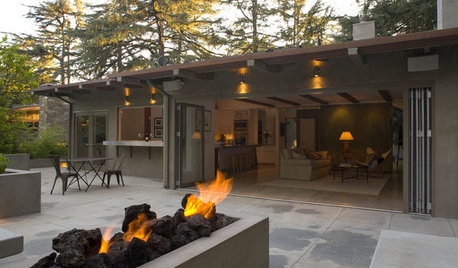
GARDENING AND LANDSCAPINGWant More Party Space? 5 Tips to Improve Indoor-Outdoor Flow
Expand your home's entertaining area without adding on by boosting connections between inside and out
Full Story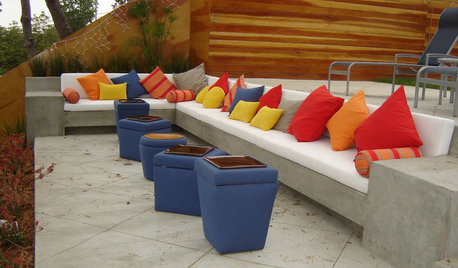
GARDENING AND LANDSCAPING10 Outdoor Banquettes Create Fresh-Air Seating With Style
The popular built-in bench offers as much utility and comfort on backyard patios as it does indoors
Full Story
MOST POPULAR5 Ways to Hide That Big Air Conditioner in Your Yard
Don’t sweat that boxy A/C unit. Here’s how to place it out of sight and out of mind
Full Story
DECORATING GUIDES10 Ways to Hide That Air Conditioner
Feeling boxed in designing around your mini-split air conditioner? Try one of these clever disguises and distractions
Full Story
DECORATING GUIDESEntertaining: Hosts Pull Out the Stops for Kentucky Derby Parties
Walk through the lavishly appointed Malvern House as designer Lee W. Robinson shares tips for gatherings that go the distance
Full Story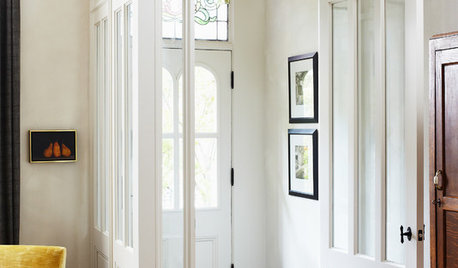
FEEL-GOOD HOMEStop That Draft: 8 Ways to Keep Winter Chills Out
Stay warm without turning up the thermostat by choosing the right curtains, windows and more
Full Story
GARDENING GUIDESHow to Stop Worrying and Start Loving Clay Soil
Clay has many more benefits than you might imagine
Full Story
LAWN ALTERNATIVESStop Fighting the Patchy Lawn!
Here are 3 situations where a garden may be a better idea than more turfgrass
Full Story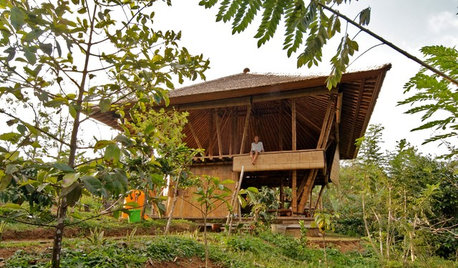
MOST POPULARMy Houzz: Open-Air Living in the Mountains of Bali
Community, jaw-dropping beauty and sustainability come together in a tropical paradise for a London expat
Full Story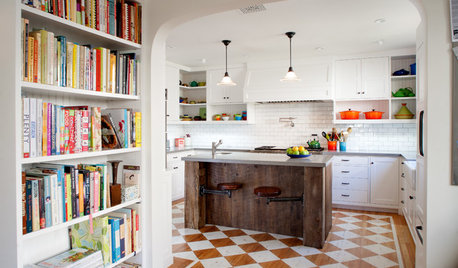
HOUZZ TOURSHouzz Tour: Better Flow for a Los Angeles Bungalow
Goodbye, confusing layout and cramped kitchen. Hello, new entryway and expansive cooking space
Full StoryMore Discussions






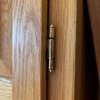
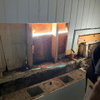

ferroplasm Zone 7bOriginal Author